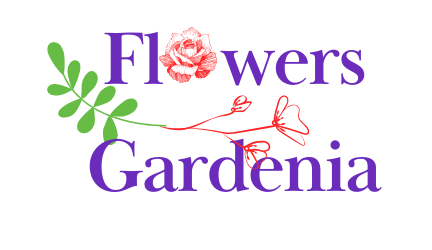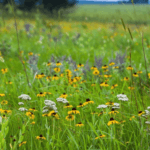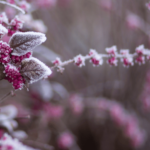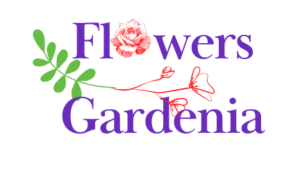
Beautiful flowers gardenia Plants For Your homes
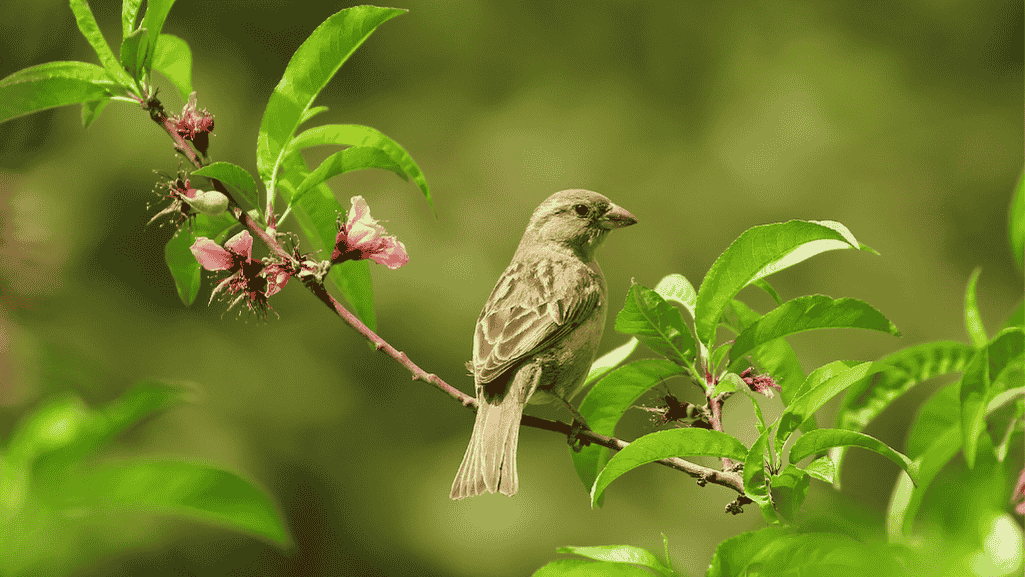
Turning your garden into a bird paradise is a fulfilling project. It’s good for you and the local wildlife. By adding native plants, you make a safe spot for birds. They get food and shelter from these plants.
Native plants are perfect for local birds because they grow together. Plants like purple coneflower and oak trees are key for birds. Sunflowers give seeds for energy, and milkweed feeds insects for baby birds.
Your garden will come alive with birdsong and color. Hummingbirds love trumpet honeysuckle, and goldfinches enjoy black-eyed Susans. Bluebirds like dogwood trees for nesting. A bird-friendly garden is a joy and helps protect these creatures.
Native plants are key for bird-attracting landscaping. They support a variety of bird species. Native plants offer food, nesting sites, and shelter for birds.
Native plants are great for birds and wildlife. They don’t need artificial fertilizers or pesticides. They create a sustainable habitat for birds and other wildlife.
Research shows a yard with 70% native plants can support songbirds. A single clutch of chickadee chicks eats over 9,000 caterpillars in 16 days. This shows how important native insects are for birds.
Native plants are a vital food source for birds. They offer nectar, seeds, and fruits all year. Plants like asters and sunflowers attract many bird species.
Berry-producing shrubs attract over 100 bird species in the Northeast. Different areas have their own native berry plants for birds.
Adult songbirds need seeds, berries, and nuts. Planting native plants ensures birds have food all year.
Native plants provide nesting sites and shelter for birds. They help build nests and line them with downy seeds. Trees like oaks support 534 species of caterpillars, a main food source for songbirds.
By using native plants in bird conservation gardening, you create a bird sanctuary. Even one native plant can help attract birds like bluebirds and goldfinches.
Native flowering plants are the best for attracting birds to your garden. They offer nectar for pollinators and seeds for birds. Plus, they’re easy to care for and look great in your yard. These plants help create a healthy environment for many animals, including butterflies and bees.
Purple coneflowers are loved by both gardeners and birds. They draw in butterflies and bees with their nectar in summer. When the flowers turn to seeds, birds like goldfinches come to eat them. Echinacea is also easy to care for and adds color to your garden.
Sunflowers are not just pretty; they also feed birds during migration. They’re simple to grow and come in many colors and sizes. As the seeds ripen, birds like chickadees and finches will visit to eat. Sunflowers also attract pollinators, making them great for bird gardens.
Milkweed is vital for monarch butterflies, as it’s their only food. It also draws many insects that birds enjoy eating. Goldfinches use milkweed seeds to line their nests. Its fragrant flowers make it a beautiful and useful plant for gardens.
The cardinal flower’s bright red flowers attract hummingbirds. It grows well in moist areas and partial shade, perfect for woodland gardens. It also draws bees and butterflies, making it a standout in any garden.
Adding these native plants to your garden makes it a welcoming place for birds, butterflies, and other wildlife. You’ll enjoy the colors and the lively atmosphere they bring. Plus, you’ll help your local ecosystem thrive.
To make your backyard a bird haven, plant native vines and shrubs. They offer food and shelter. These plants attract many bird species and make your garden healthier and more beautiful. By adding berry-producing shrubs and nectar-rich vines, you’ll help birds all year.
Trumpet honeysuckle, or coral honeysuckle, grows 10 to 20 feet tall. Its bright flowers attract hummingbirds and butterflies. Its red berries feed many birds. This nectar-rich plant is key for attracting birds.
Virginia creeper is a native vine in the eastern U.S. It offers shelter and food for birds. Its dense leaves and dark blue berries are loved by many birds. This vine is great for attracting different bird species.
Buttonbush grows in moist soils and can be up to 12 feet tall. Its white, round flowers attract butterflies. Its hard fruits are a favorite of ducks and other waterfowl. Adding buttonbush to your garden helps birds, especially in wet areas.
Elderberry is a fast-growing shrub loved by birds. Its flowers attract insects in spring. Its dark purple berries feed many birds. American elderberry grows 5 to 12 feet tall, perfect for a backyard oasis for birds.
Planting native vines and shrubs in your garden gives birds what they need: food, shelter, and places to nest. These plants are good for your local environment and make your outdoor space beautiful and lively.
When it comes to backyard birdscaping, native trees are key. They make your garden a bird paradise. These trees offer food, shelter, and help the ecosystem.
The mighty oak is a top choice for attracting birds. It feeds over five hundred species of moths and butterflies. Oaks also provide nesting sites and shelter for many birds.
The dogwood is another must-have for bird lovers. The Pagoda Dogwood attracts at least twenty bird species. The Gray Dogwood offers cover and nesting sites, and its white fruits attract birds in late summer.
Don’t forget the Winterberry Holly. It adds color with its bright red drupes and feeds birds in winter. Its dense growth provides cover and nesting sites.
“The dense growth of Winterberry provides excellent cover and nesting habitat for birds, and its colorful berries serve as emergency food during winter.”
Other native trees to consider include:
By adding these native trees to your backyard birds habitat, you’ll attract many bird species all year. Remember, the secret to a successful backyard birdscaping is choosing native plants that meet your area’s needs and provide the food, shelter, and nesting sites birds need to thrive.
Creating a bird-friendly garden is a rewarding project. It benefits our feathered friends and makes our outdoor spaces more beautiful and diverse. By adding native plants with nectar, seeds, and fruits, you can make your garden a bird haven all year.
Plants like purple coneflowers and sunflowers add vibrant colors. Trumpet honeysuckle and Virginia creeper provide lush foliage. These plants offer food and shelter for birds.
A single native plant can feed hundreds of caterpillars, a feast for birds. Berry-producing shrubs like elderberry give energy to migratory birds. This is crucial for their journey during cold months.
To make your garden even better, add bird baths for water, bird houses for nesting, and bird feeders for extra food. Organic gardening and native plants create a thriving ecosystem. This attracts many bird species to your backyard.
Watching birds in your garden brings joy. It shows that nature and human cultivation can live in harmony. Your garden becomes a sanctuary for birds and a symbol of nature’s beauty.
